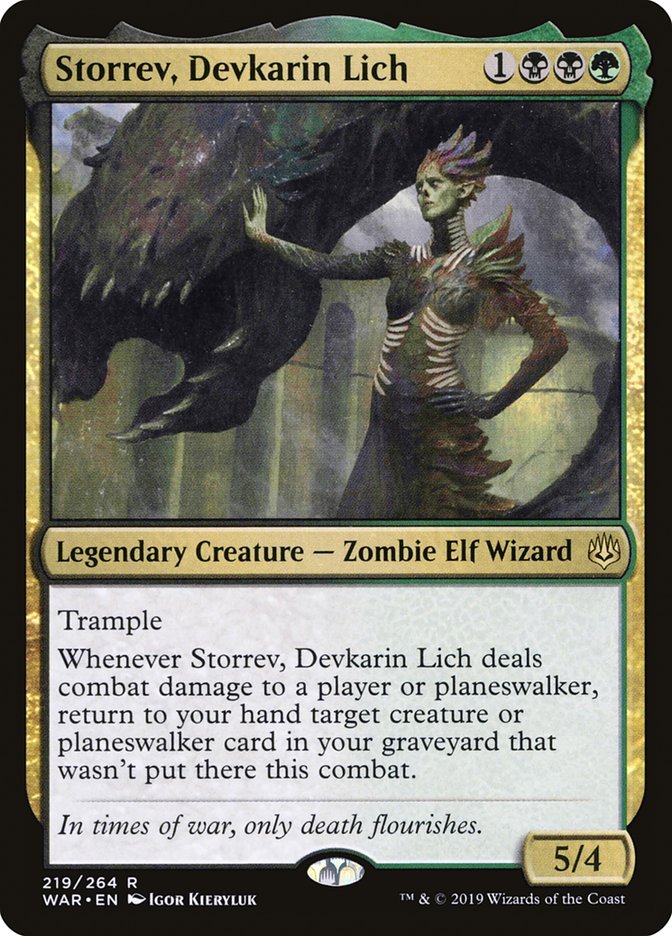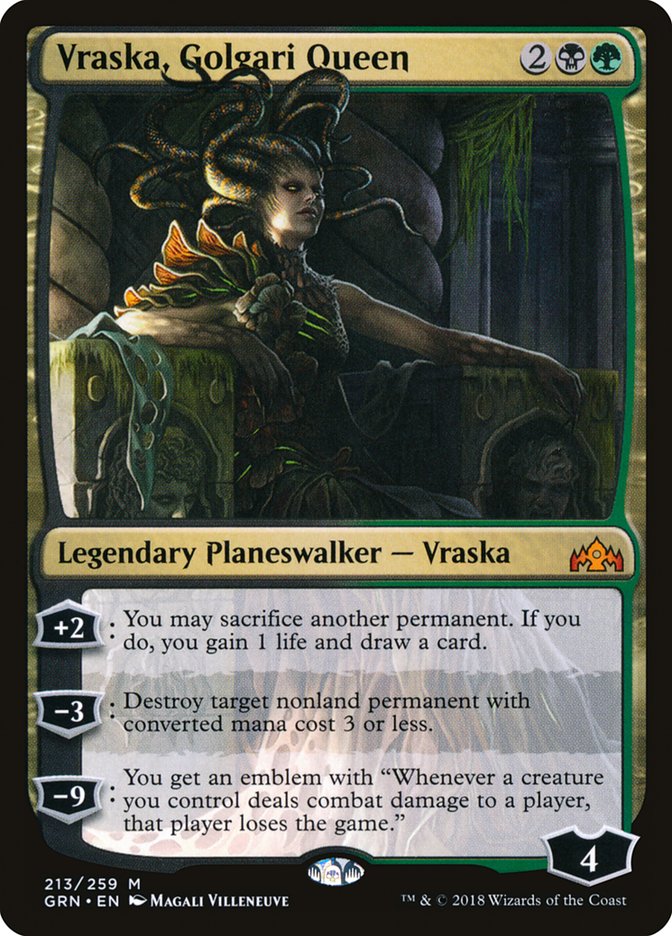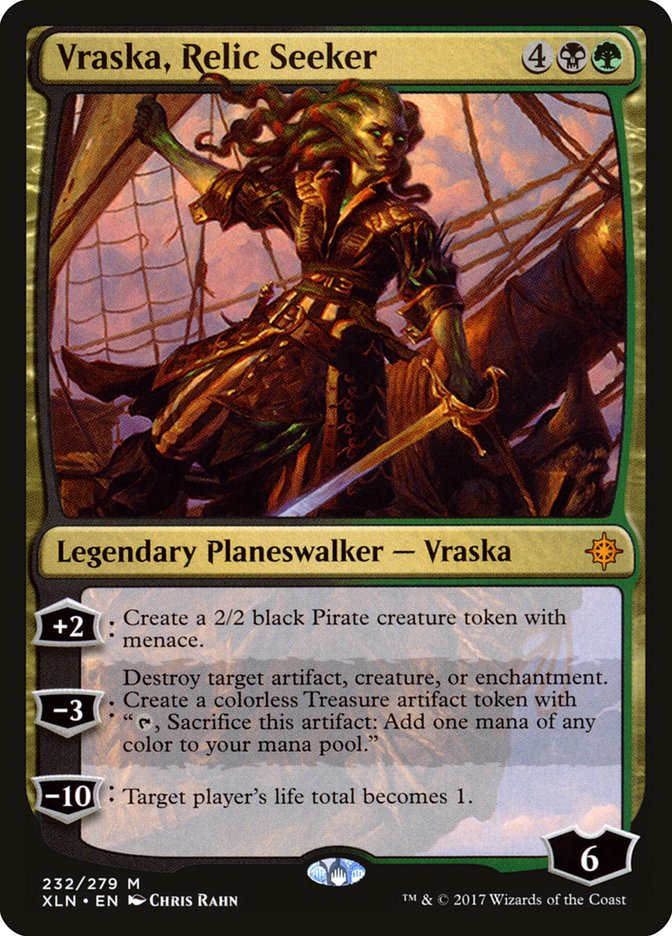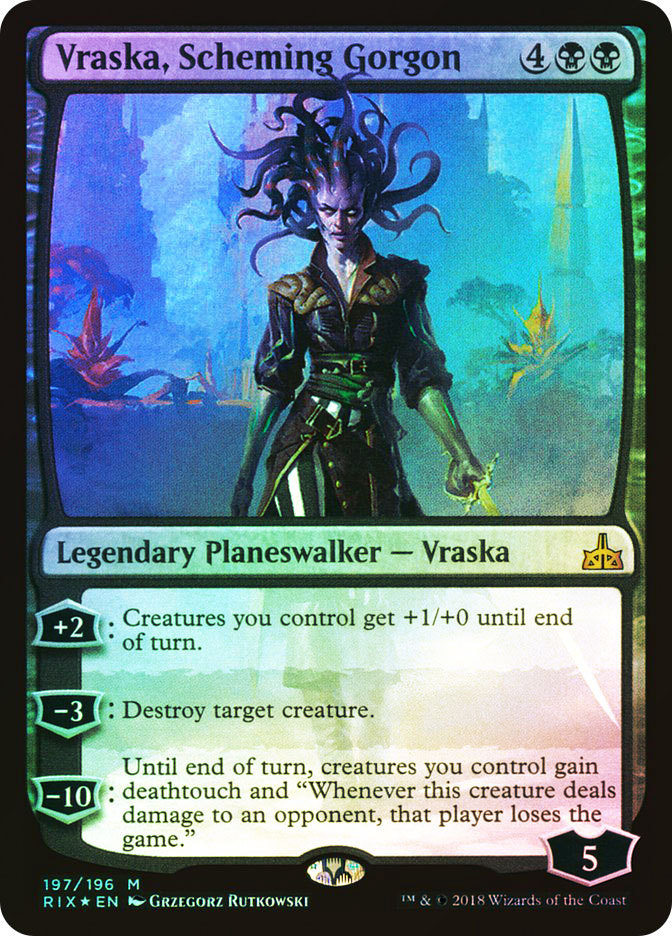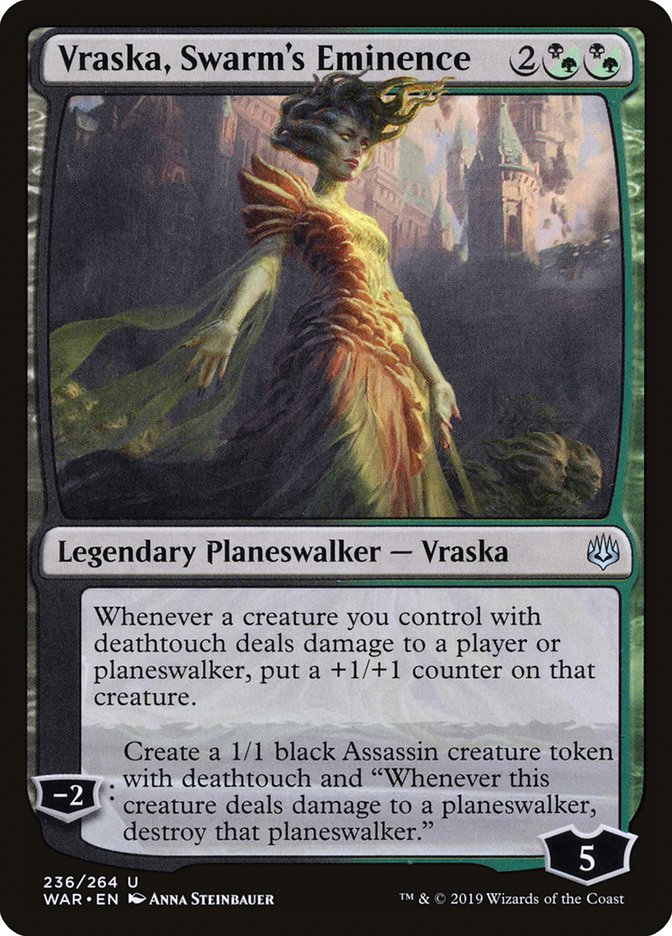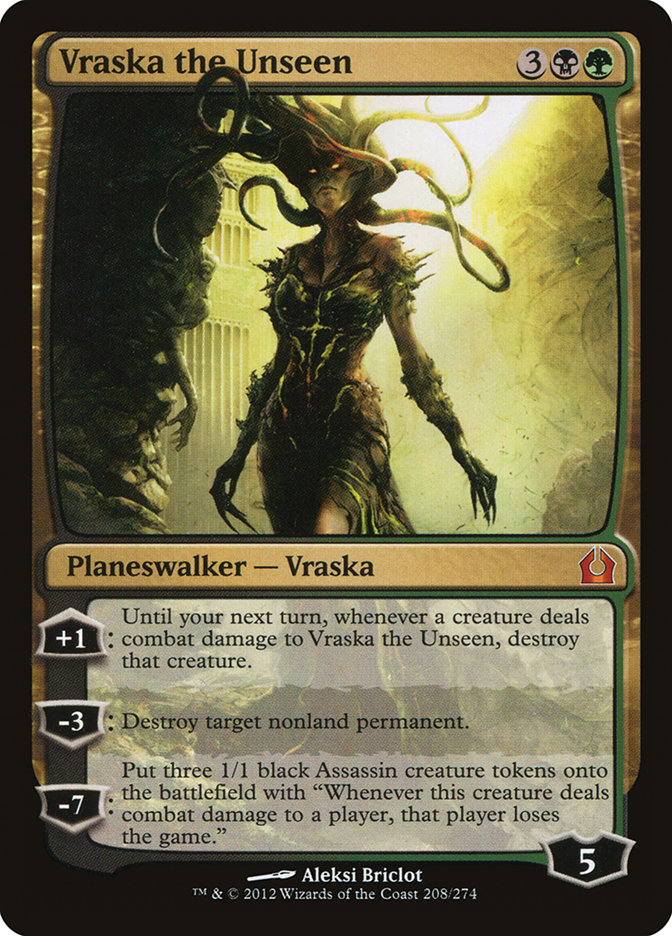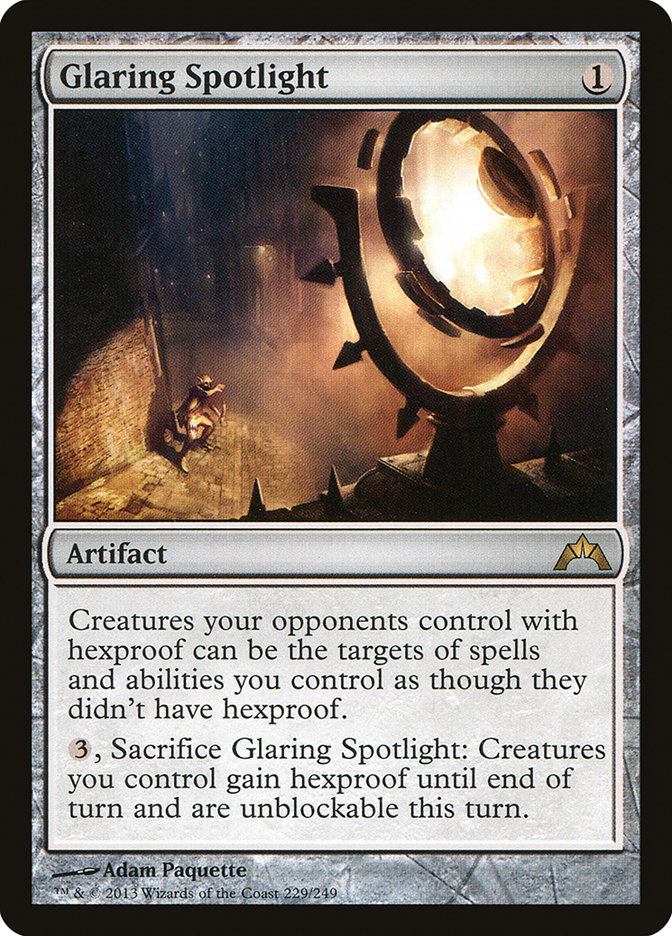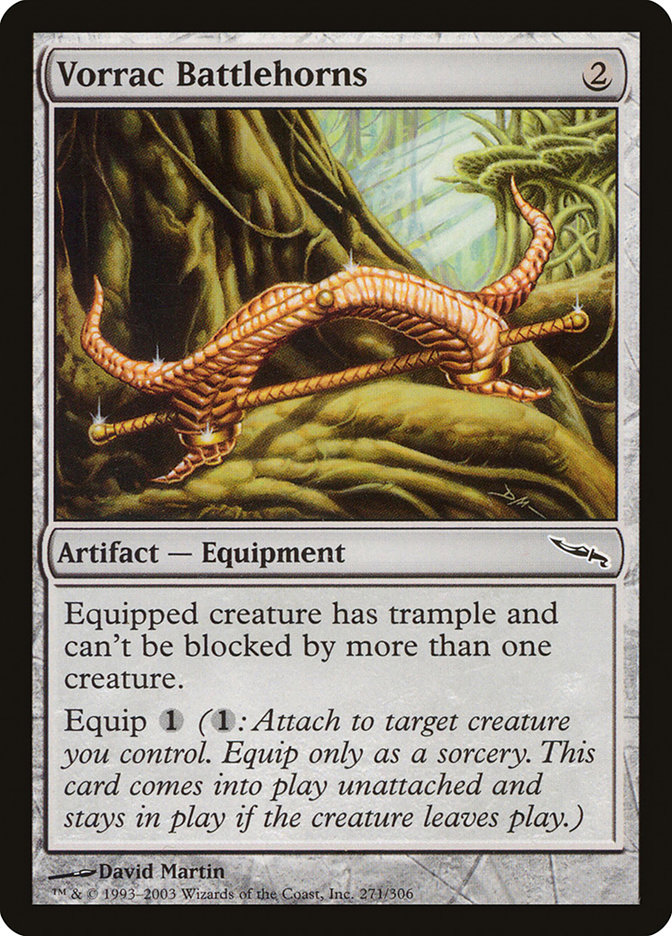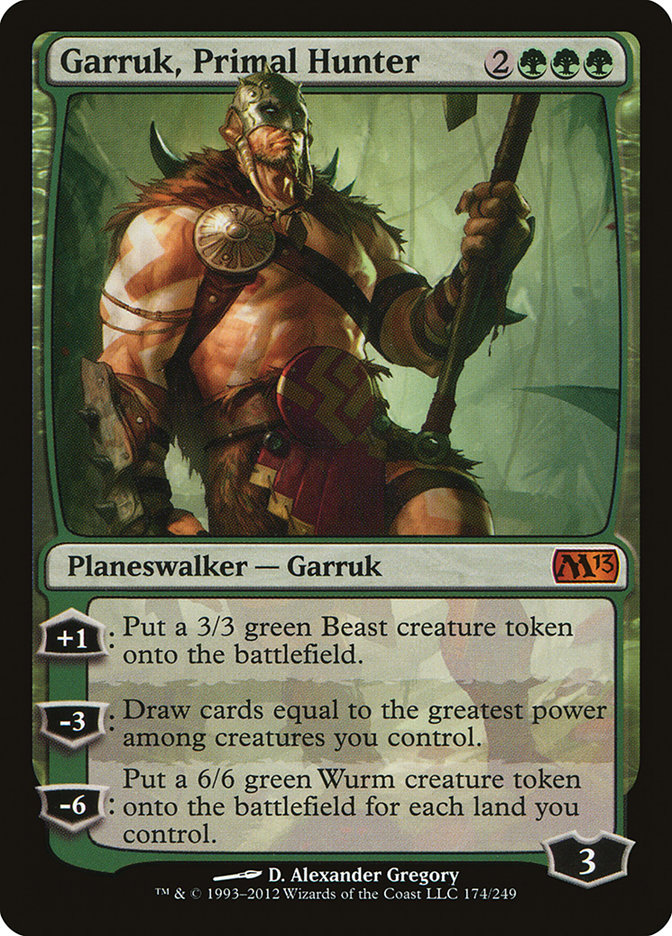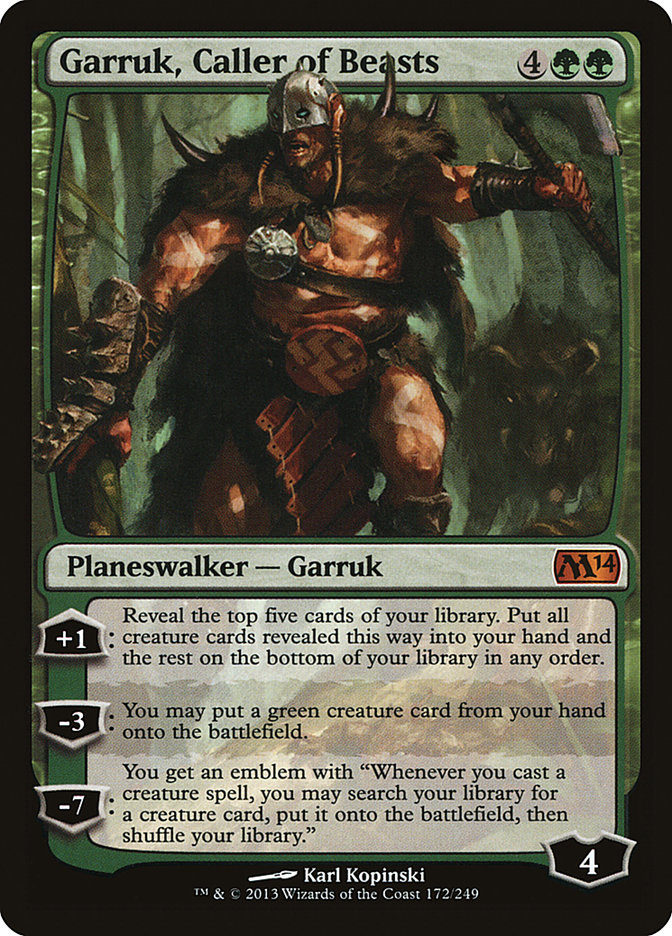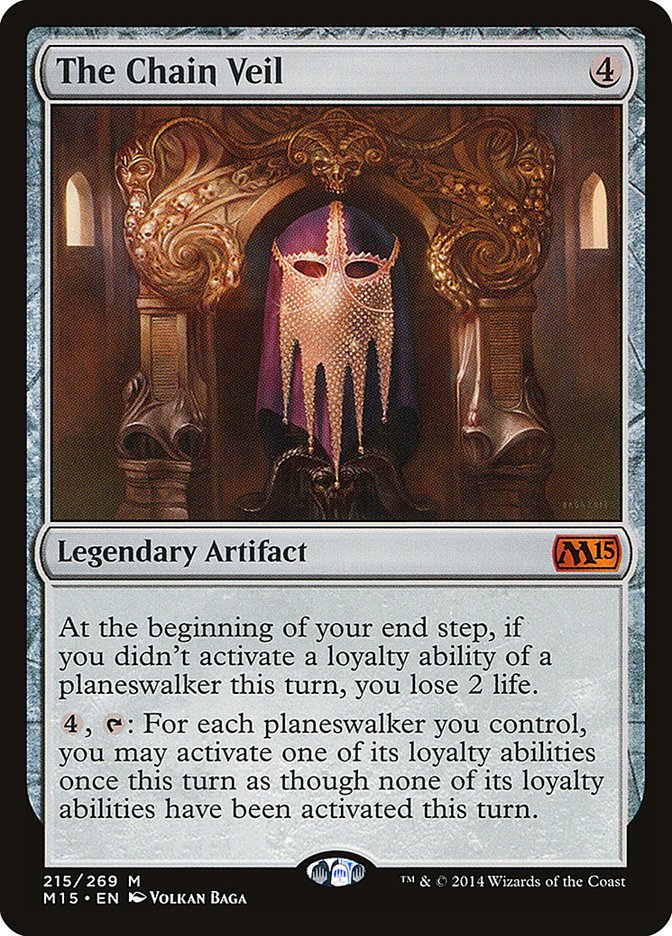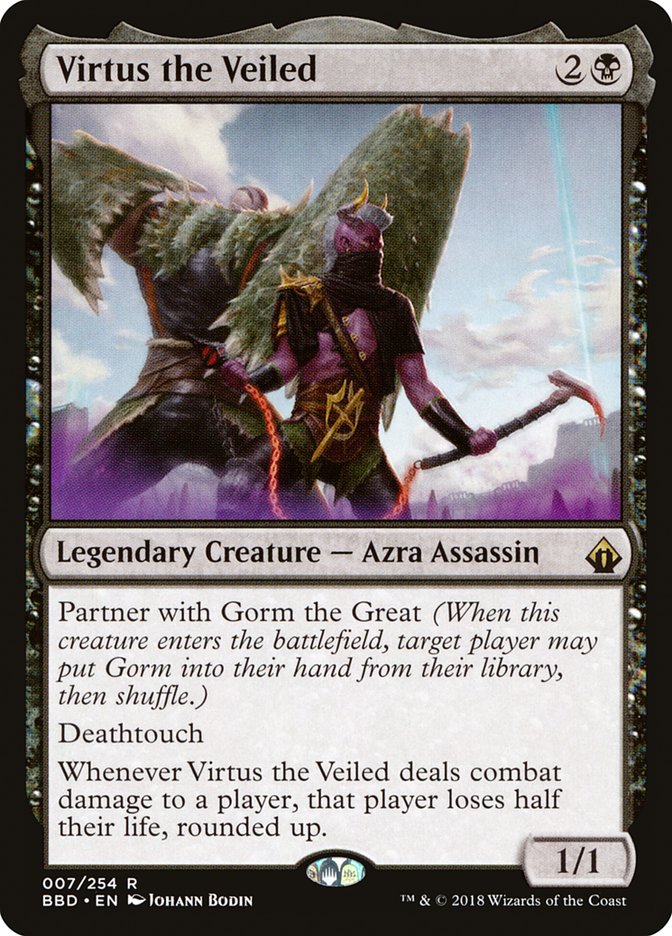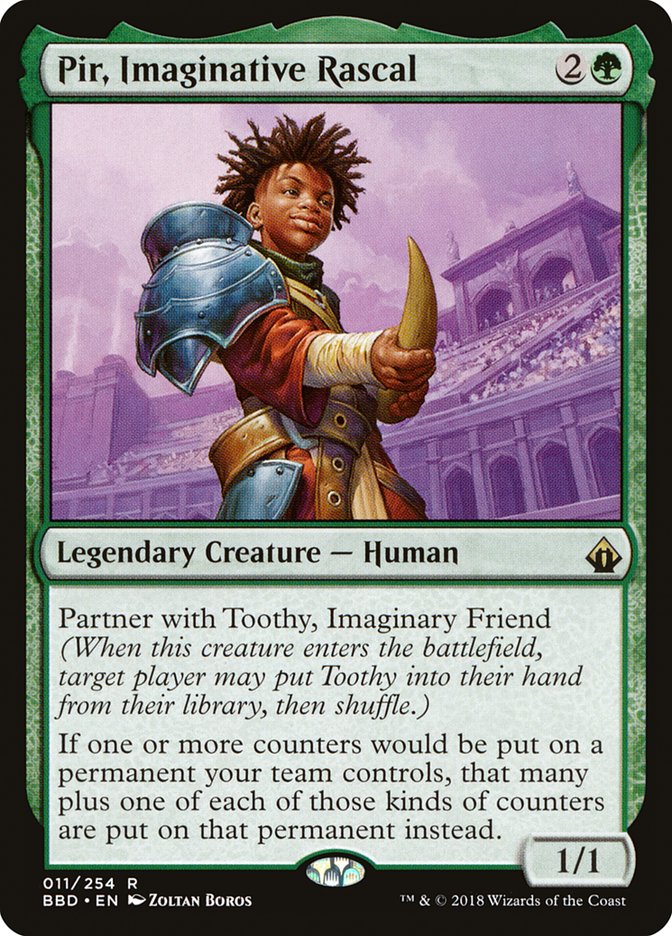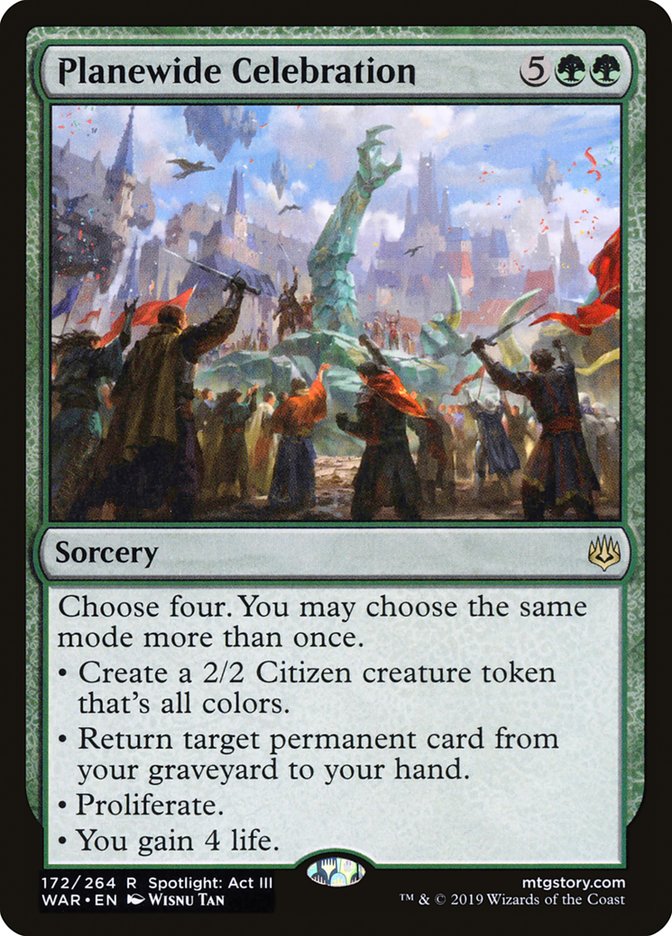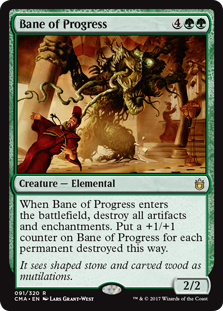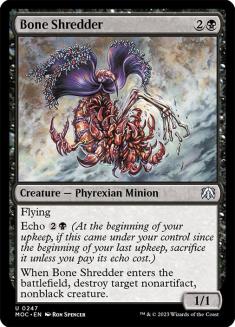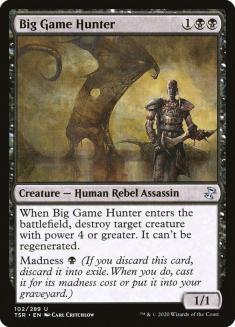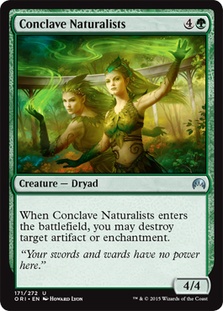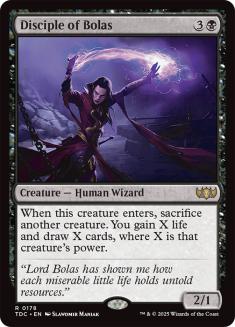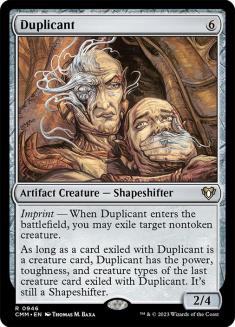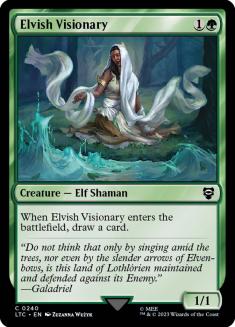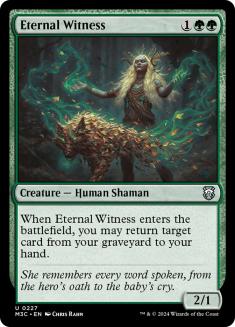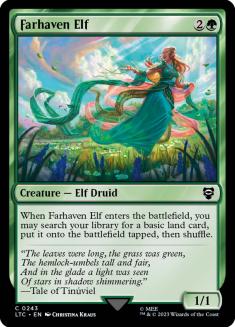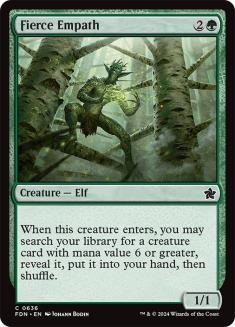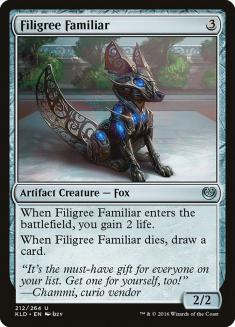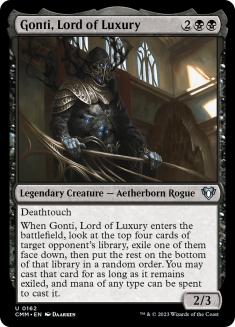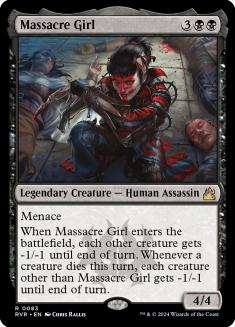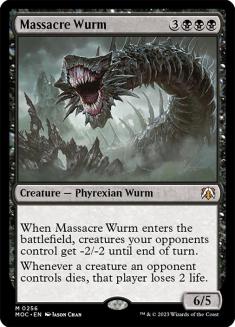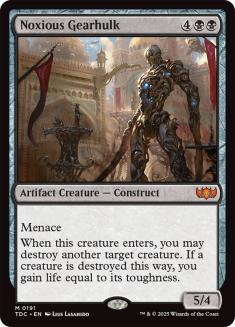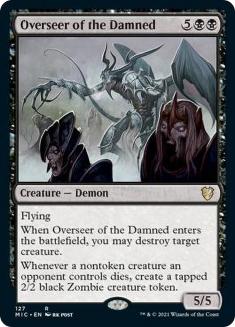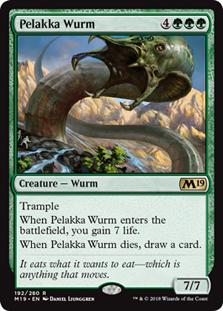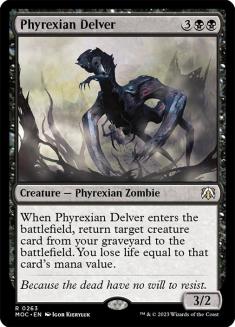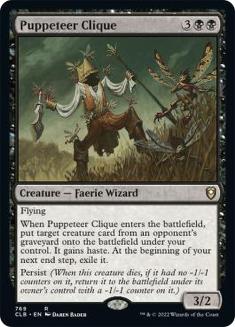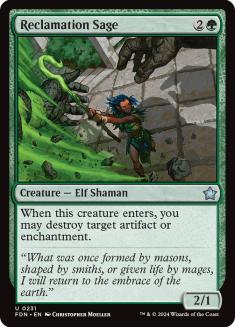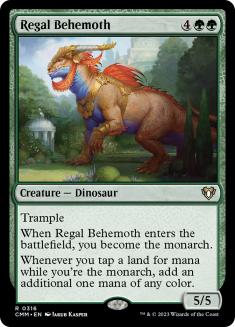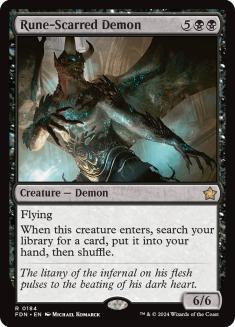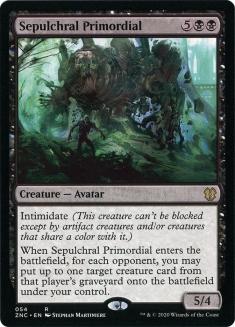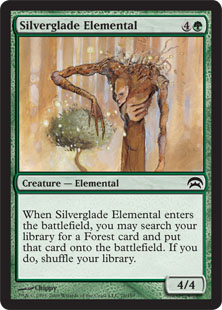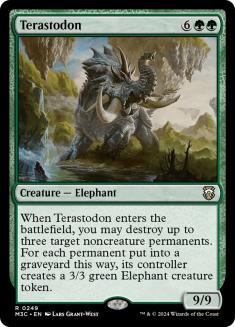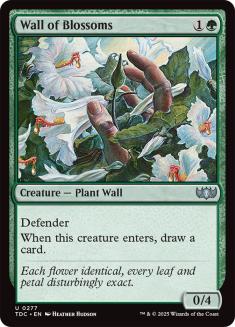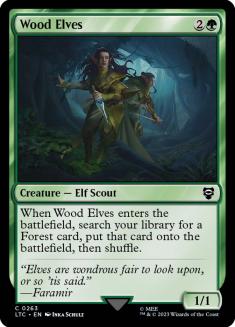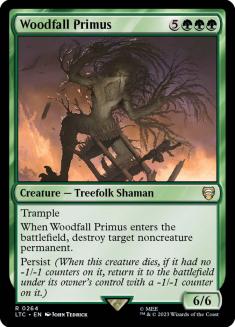Although I admittedly have a Temur problem, variations on Golgari are kind of my thing. One of my signature decks, and the one I always reach for when I’m feeling like I need a great game, is Karador, Ghost Chieftain (for whom I have three decks). My latest obsession is Muldrotha, Speaking Primely. And Jund has been in my vocabulary since we were playing Sprouting Thrinax in Standard. I certainly don’t need to remind anyone of my love for Kresh, the Bloodbraided.
War of the Spark offers us a sweet new Golgari commander in Storrev, Devkarin Lich. It’s worth spending some time brainstorming ideas with it. I’ve long been on the hunt to replace Glissa, Glissa as my primary deck in the Golgari slot; it’s not that I don’t love the deck, but it just does what Glissa, the Traitor does, so it only fills a narrow slice of the kind of deck I want to play. I want to branch out my Golgari-ness.
Okay, you got me. I actually just want an excuse to build a new deck—but there’s something to be said about the fact that Storrev and Glissa are both Zombie Elf creatures. Unfortunately, they don’t have much company. Not counting Shapeshifters, only Jarad, Golgari Lich Lord; Llanowar Dead; and Underrealm Lich share both of those types.
Obviously, you want to take advantage of your graveyard with Storrev. Putting the card back into your hand instead of casting it means you’ll want the things you cast to be affordable. You also want to get them there when you want so that you can take advantage of casting or resolving them again.
What Storrev brings to the table is the planeswalker angle. Now, you’re not so upset that taking the last counter off, since you’ll likely be able to cast it again. How nice will it be to Overrun with Garruk Wildspeaker before combat and then plop it onto the battlefield again after? With that in mind, and the thought that I don’t actually play that many planeswalkers in decks (besides the same few I’ve come to know and love over the years), the path to Golgari SuperFriends seemed open. That means taking into account the black and green planeswalkers.
After War of the Spark, we have 48 choices that are one or both colors (plus a few colorless). We’ll simply choose a direction/theme or cherry-pick the ones we want. Both approaches have their appeal. I like themes, so I’m going to let the planeswalker choice drive the car here. There’s something to like about putting Garruk and Liliana together in the same deck, fighting their internal war while trying to get your business done. Of all the planeswalkers, those are the ones I’ve played most often, so that direction is less interesting to me.
As I was looking at the list, I kept coming back to Vraska. I haven’t played any of them particularly often, so that’s the avenue to explore. Let’s look at all six of them.
The +2 ability plays right into our plan of being able to put stuff into the graveyard. We can use it to put the creatures we want to regrow into the graveyard while adding to our hand, which seems all kinds of good. The emblem makes every creature we have potentially lethal. I doubt we use the -3 ability much, but you never know. This one’s definitely in.
This one might be a little spendy. We’re not headed down the path of +1/+1 counters, even if that -10 ability could be delicious. The +2 ability’s menace could combine with the emblem of Vraska, Golgari Queen, but that’s a long way around. This one is out unless we come back to +1/+1 counters.
There are possibilities here, but like Vraska, Regal Gorgon, she might be a little expensive for what we’re getting. Once again, the menace part of creating the Pirate token can go with the emblem, but we honestly can’t count on having said emblem all that often (unless our proliferate game is very strong). Being able to destroy two things for six mana (note that it’s only artifact, creature, or enchantment, which still offers plenty of targets) brings this one into the realm of useful, especially since we can get it back once we’ve used it twice. Probably in.
The -3 ability basically gives us the same as Vraska, Relic Seeker, which is fine. It becomes a two-for-one that’s repeatable. The +1 ability doesn’t do so much for us, but it is everyone, which might become important with Storrev itself, since native five-power commanders can get commander damage kills with just a buff or two. The -10 works with what I have in mind for Storrev as well. More on that momentarily. Probably in.
Seems pretty narrow, although it creates creatures that go with its static ability. I doubt we’re actually destroying that many other planeswalkers this way, but the option is nice. In, because it leads us down the cool deathtouch path.
This one’s pretty simple when you come down to it. It protects itself (or you, since people might want to attack it) and then creates a game-winning scenario. In the interim, the -3 ability will take care of any nonland permanent that’s threatening your safety. In.
What’s important about Storrev is that it connects. Having trample helps. Being either unblockable or really large is better. For unblockable (which is also great when it comes to those tokens that kill people) Rogue’s Passage comes immediately to mind. Familiar Ground creates an unblockable situation with menace and plays into Storrev’s trample. Glaring Spotlight might be able to help, especially if we bring along Storrev’s buddy Glissa, the Traitor. Key to the City plays right into the things we want to do by discarding a card and making something unblockable—plus it draws cards.
We can put Prowler’s Helm in the maybe file; there aren’t all that many Walls running around Commander tables (although maybe we play one in Suspicious Bookcase?). One of my great old favorite hidden gems is Vorrac Battlehorns, which also can create unblockable situations, although Storrev getting trample again isn’t valuable (but seriously, consider playing the Battlehorns; you’ll be happy you did). Then, of course, we come to the most obvious of all, Whispersilk Cloak, which will give Storrev both unblockable and shroud.
Back to the other black and green planeswalkers, a few of the Garruk versions suit our ends. I’ve already mentioned Garruk Wildspeaker. Garruk, Primal Hunter becomes even nicer when we can play it, activate its -3 ability, draw five, and then put it back into our hand when Storrev connects. Since we’re going to play some creatures, Garruk, Caller of Beasts will either help us cast expensive ones for no mana or sort through the top of our library. If we can ever achieve the emblem, so much better. With this many planeswalkers, we can’t forget The Chain Veil.
Because we’ve taken up slots with planeswalkers, the creatures we choose will have to do extra duty—being both good utility and attackers. Looking through creatures with deathtouch brings us to cards like Acidic Slime; Archetype of Finality; God-Eternal Rhonas; Sidisi, Undead Vizier; The Gitrog Monster; Harvester of Souls; Hornet Queen; Rhonas the Indomitable; Thorn of the Black Rose (I’m irrationally fond of the monarch mechanic); Tetzimoc, Primal Death; Virtus the Veiled (and partner Gorm the Great); and Wurmcoil Engine. Obviously, there’s not necessarily room in a deck for all of them, but there are definitely some directions to go.
Since we’re playing so many planeswalkers, we’ll look at proliferate things. While we’re adding counters, you’ve already thought about Doubling Season, so I might as well mention it. Pir, Imaginative Rascal also works. Back to proliferate, there are the classics like Contagion Clasp and Contagion Engine. Evolution Sage works alongside The Gitrog Monster for your extra land drops (and you know you’ll want to play appropriate fetches and land searchers) for adding counters. Plaguemaw Beast fills the role of their proliferator or mid-size beater, and it puts things into the graveyard to regrow. Bloom Hulk proliferates when it enters the battlefield, so it’s worth consideration. The Timmiest of us might consider trying to go ultimate with Planewide Celebration. If you want to go the infect route, there’s also Core Prowler.
We’ll also want creatures with good enters-the-battlefield triggers (and if there are any with triggers on dying or leaving, so much better). There are way too many to list, but favorites include:
It doesn’t trigger itself, but Bramble Sovereign could certainly lead to some hijinx, being the creature version of Minion Reflector. Even without playing the +1/+1 counter game, Primeval Protector and Ridgescale Tusker can make your army fatter. Shriekmaw and Cloudthresher, which have evoke, will hit the graveyard before combat and be there to be regrown. God-Eternal Bontu really does work, putting things into the graveyard for Storrev to bring back. If you want to go down a very dark path, consider Tainted Aether. You’ll be ready to work around it; other folks won’t be so lucky. If you play it, make sure that you also play Forbidden Orchard.
I’ll note two pieces of battlefield control which don’t affect planeswalkers: Pernicious Deed and Nevinyrral’s Disk. You might also think about playing plenty of nonbasics so that your Wave of Vitriol combos with Evolution Sage.
I’ve sketched out a very basic kind of deck with some of these ideas. I added utility creatures and spells that provide some synergy both with and without the planeswalkers, a little bit of ramp, and some card draw. See if it’s the kind of skeleton you might want to add some flesh to. If you have really cool ideas, please share them.
Creatures (33)
- 1 Solemn Simulacrum
- 1 Wall of Blossoms
- 1 Eternal Witness
- 1 Bone Shredder
- 1 Phyrexian Delver
- 1 Big Game Hunter
- 1 Shriekmaw
- 1 Farhaven Elf
- 1 Woodfall Primus
- 1 Elvish Visionary
- 1 Lord of Extinction
- 1 Acidic Slime
- 1 Wurmcoil Engine
- 1 Sylvok Replica
- 1 Glissa, the Traitor
- 1 Brutalizer Exarch
- 1 Disciple of Griselbrand
- 1 Harvester of Souls
- 1 Thragtusk
- 1 Disciple of Bolas
- 1 Shadowborn Demon
- 1 Erebos, God of the Dead
- 1 Burnished Hart
- 1 Scuttling Doom Engine
- 1 Sidisi, Undead Vizier
- 1 Filigree Familiar
- 1 Noxious Gearhulk
- 1 Bontu the Glorified
- 1 Attendant of Vraska
- 1 Massacre Girl
- 1 Evolution Sage
- 1 God-Eternal Bontu
- 1 God-Eternal Rhonas
Planeswalkers (8)
- 1 Garruk Wildspeaker
- 1 Garruk, Primal Hunter
- 1 Vraska the Unseen
- 1 Garruk, Caller of Beasts
- 1 Vraska, Relic Seeker
- 1 Vraska, Scheming Gorgon
- 1 Vraska, Golgari Queen
- 1 Vraska, Swarm's Eminence
Lands (37)
- 1 Forbidden Orchard
- 11 Forest
- 8 Swamp
- 1 Tainted Wood
- 1 High Market
- 1 Overgrown Tomb
- 1 Terramorphic Expanse
- 1 Reliquary Tower
- 1 Verdant Catacombs
- 1 Evolving Wilds
- 1 Command Tower
- 1 Woodland Cemetery
- 1 Grim Backwoods
- 1 Rogue's Passage
- 1 Thespian's Stage
- 1 Nykthos, Shrine to Nyx
- 1 Temple of Malady
- 1 Myriad Landscape
- 1 Interplanar Beacon
- 1 Karn's Bastion
Spells (21)
- 1 Goryo's Vengeance
- 1 Nevinyrral's Disk
- 1 Kodama's Reach
- 1 Tangle
- 1 Whispersilk Cloak
- 1 Familiar Ground
- 1 Tainted Aether
- 1 Greater Good
- 1 Skyshroud Claim
- 1 Pernicious Deed
- 1 Doubling Season
- 1 Cultivate
- 1 Contagion Clasp
- 1 Contagion Engine
- 1 Glaring Spotlight
- 1 The Chain Veil
- 1 Commander's Sphere
- 1 Key to the City
- 1 Heroic Intervention
- 1 Yawgmoth's Vile Offering
- 1 Casualties of War

Before I go, I’ll remind you that I’ll be in attendance at SCG CON from Friday through Sunday, spell-slinging in the Command Zone with other Commander luminaries like Brian David-Marshall, Gavin Verhey, and our own Bennie Smith and the Commander VS Team. I’m always interested, not just to play with folks from all over the Commander community, but to listen to as well. One of the reasons I love going to events—and now that grad school is in the rear view, there will be more—is hearing from you what your thoughts are on the format.
I’ll also let you know that fellow Commander Rules Committee member Scott Larabee will be visiting me beforehand and has decided to make the trip to Roanoke as well. With both of us in the building, you never know what will happen.
Sheldon Menery’s Deck Database
Check out our comprehensive Deck List Database! Click each section for lists of all my decks.
Signature Decks
These are the decks that define my personal play style to the greatest degree and to some extent lay the original foundation of the format. They’re also the ones you’re most likely to see me bringing along to spell-sling at an event.
The Chromatic Project
The Chromatic Project started as an effort to build at least one deck of all 27 possible color combinations, which was expanded to 32 when we finally got four color commanders. There’s more than one of some combinations, mostly because I have a Temur problem, plus some partner combinations are too enticing to pass up.
Mono-Color
Guilds
Shards and Wedges
Four Color
Five-Color
Partners
The Do-Over Project
The Do-Over Project is the next step after the Chromatic—building a deck with each of the same Commanders, but not repeating any cards save for basic lands (props to Abe Sargent’s “Next 99” idea). The Do-Over Project is still ongoing because we keep getting saucy new sets with creative and colorful commanders to build new decks with.


